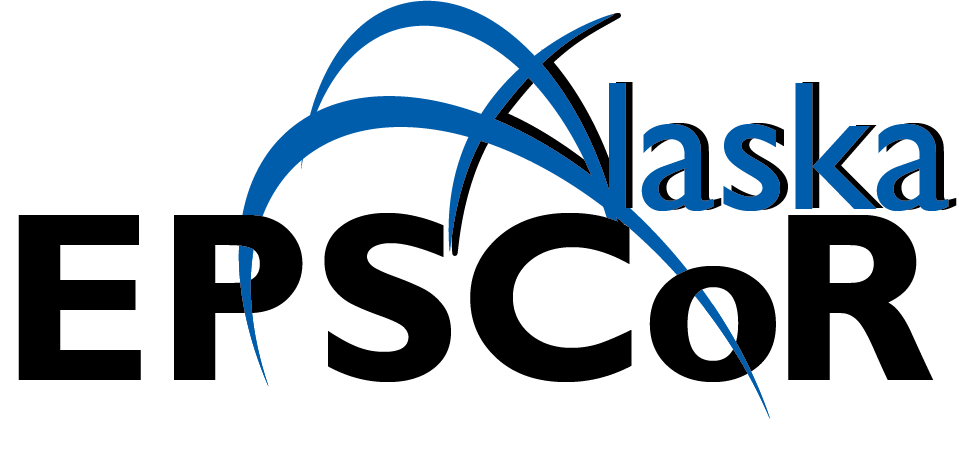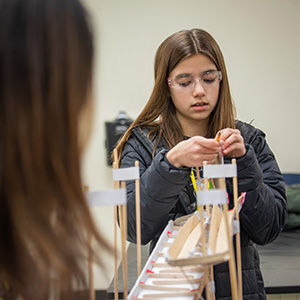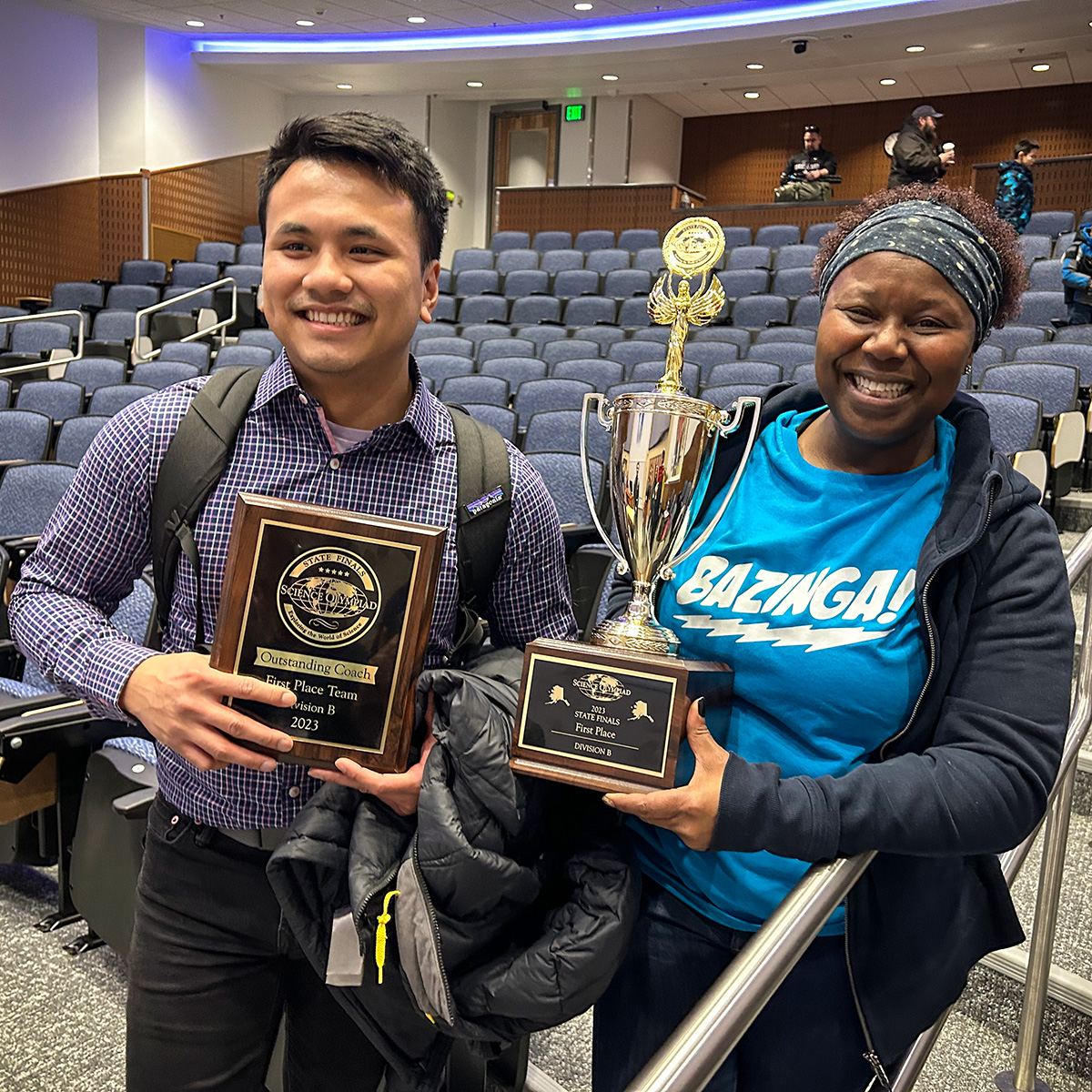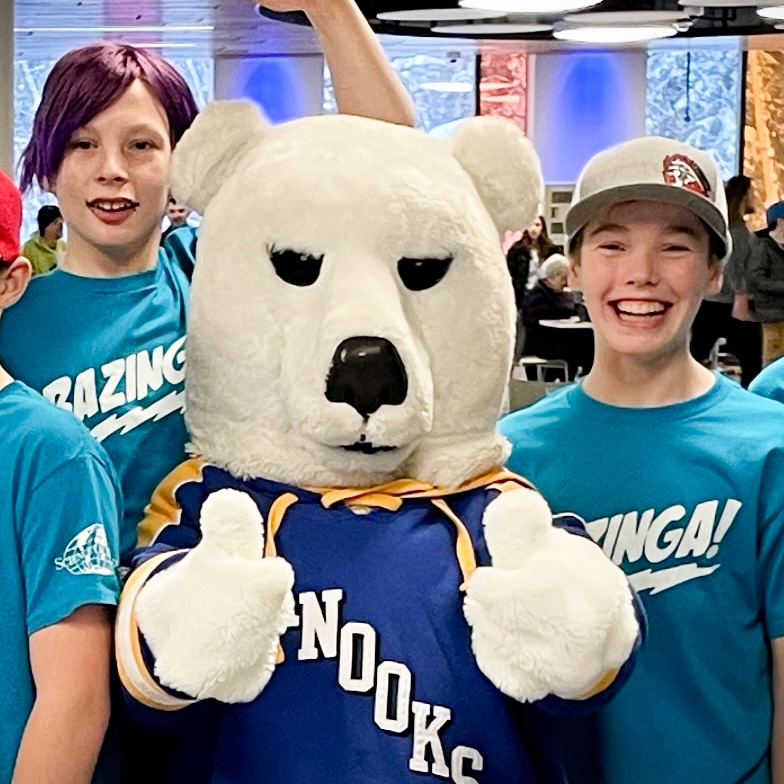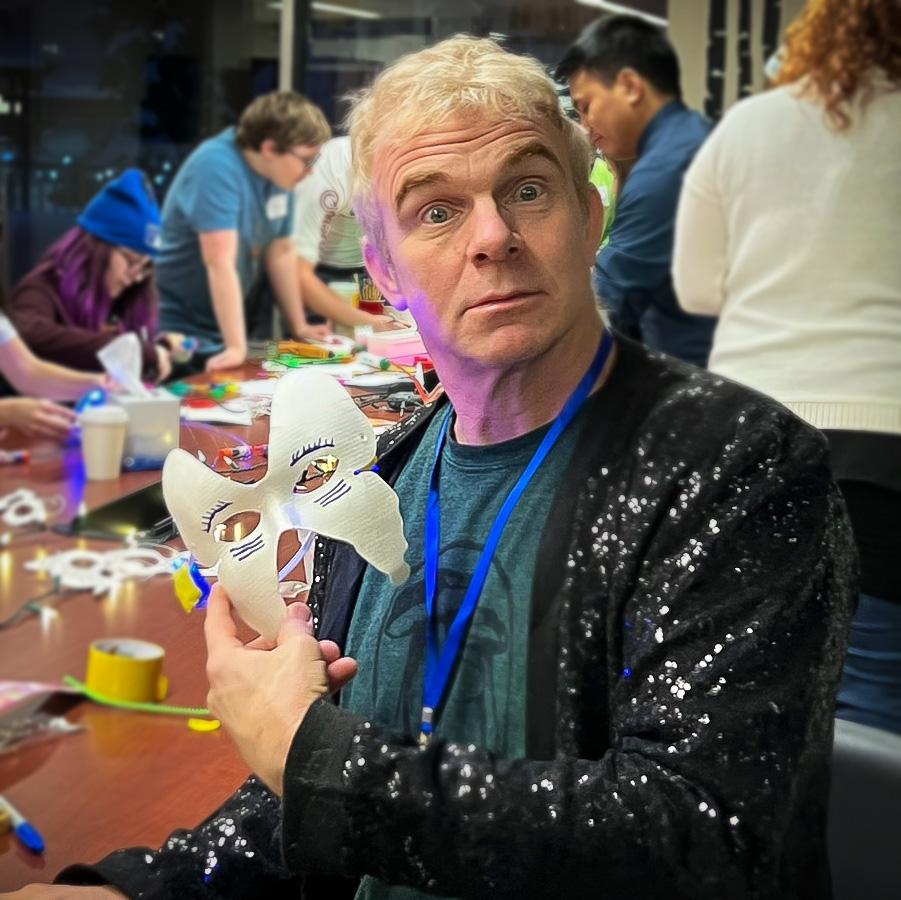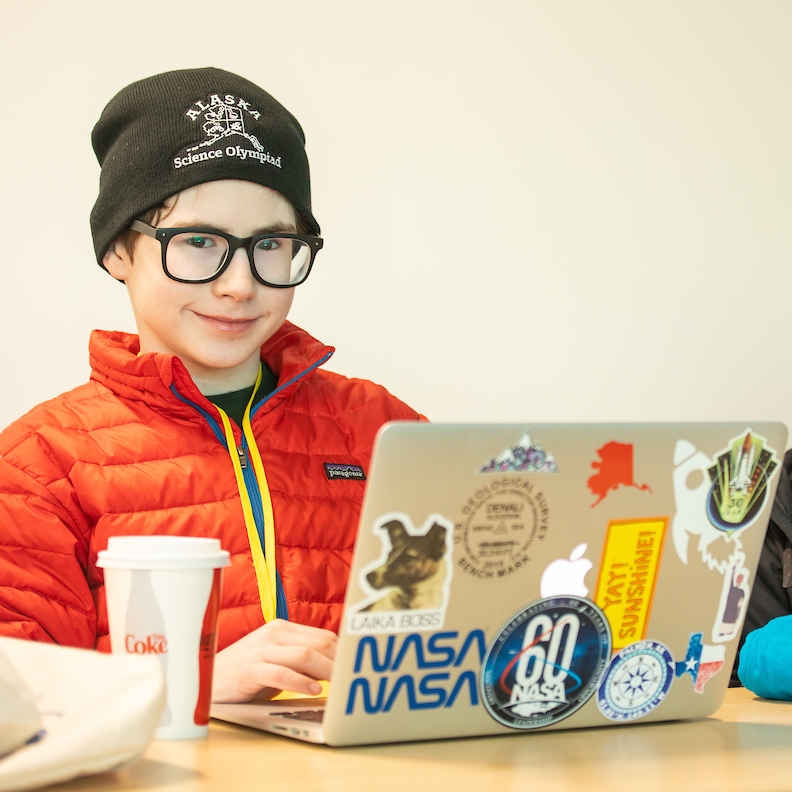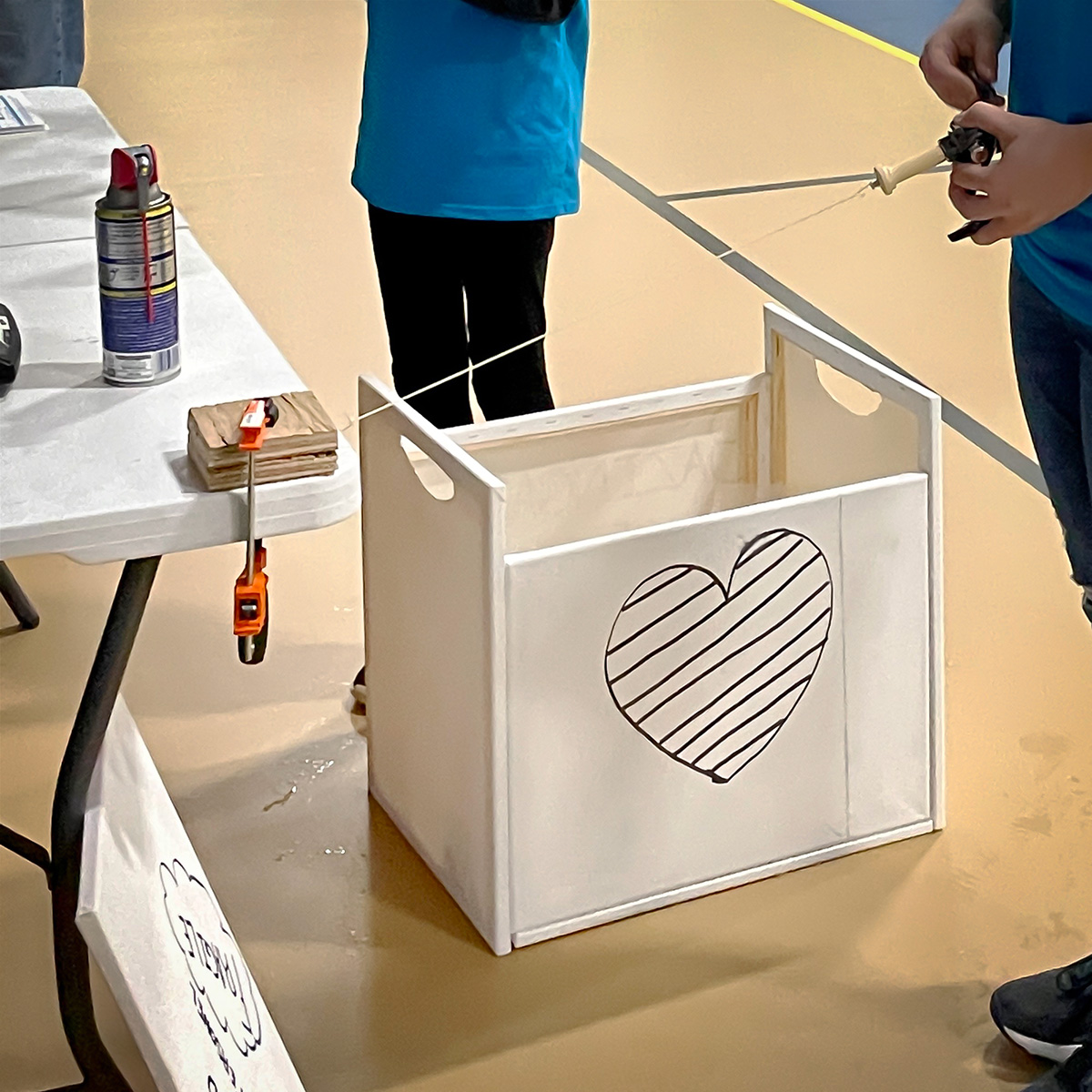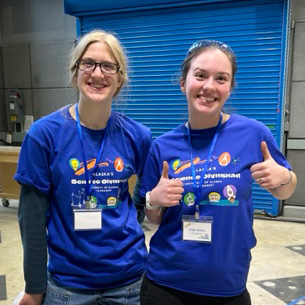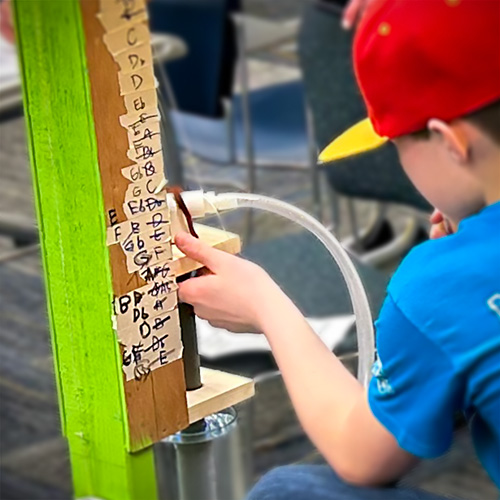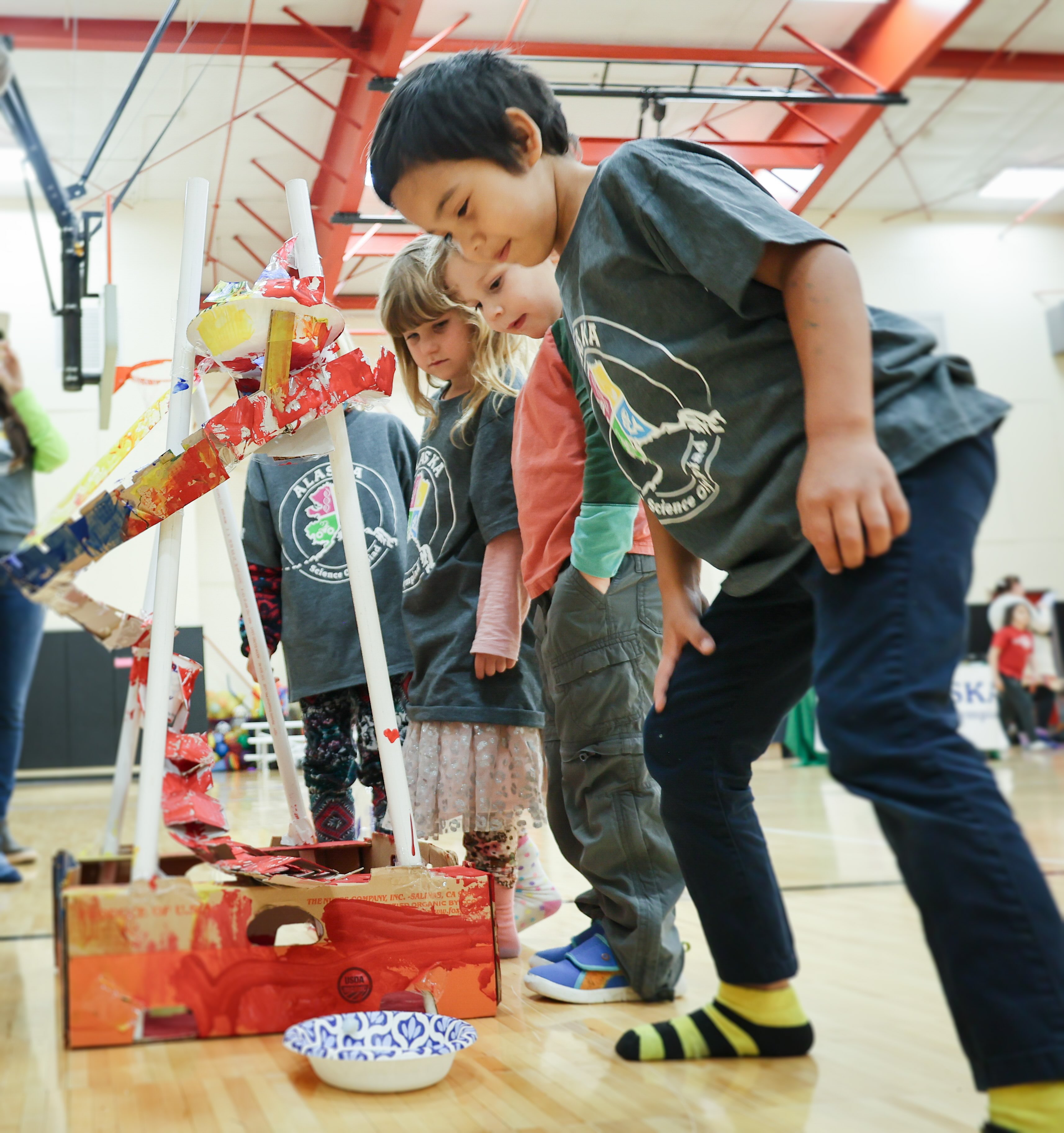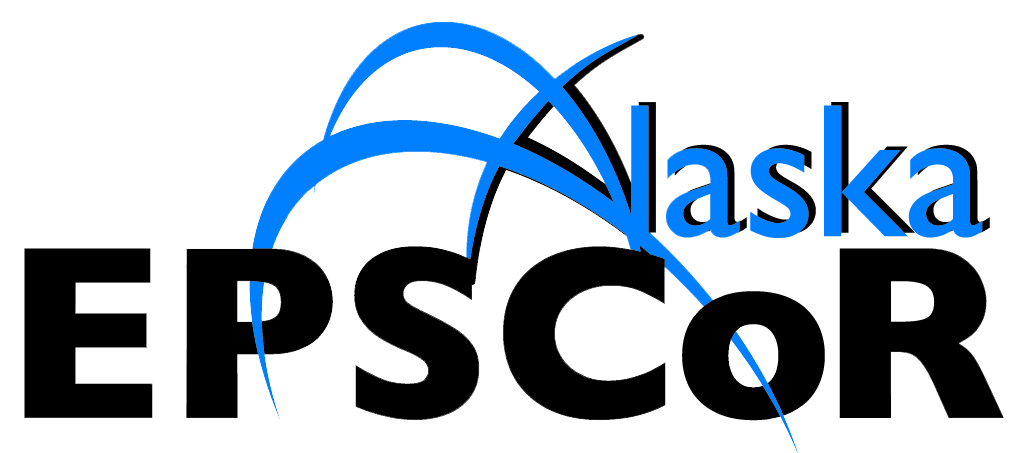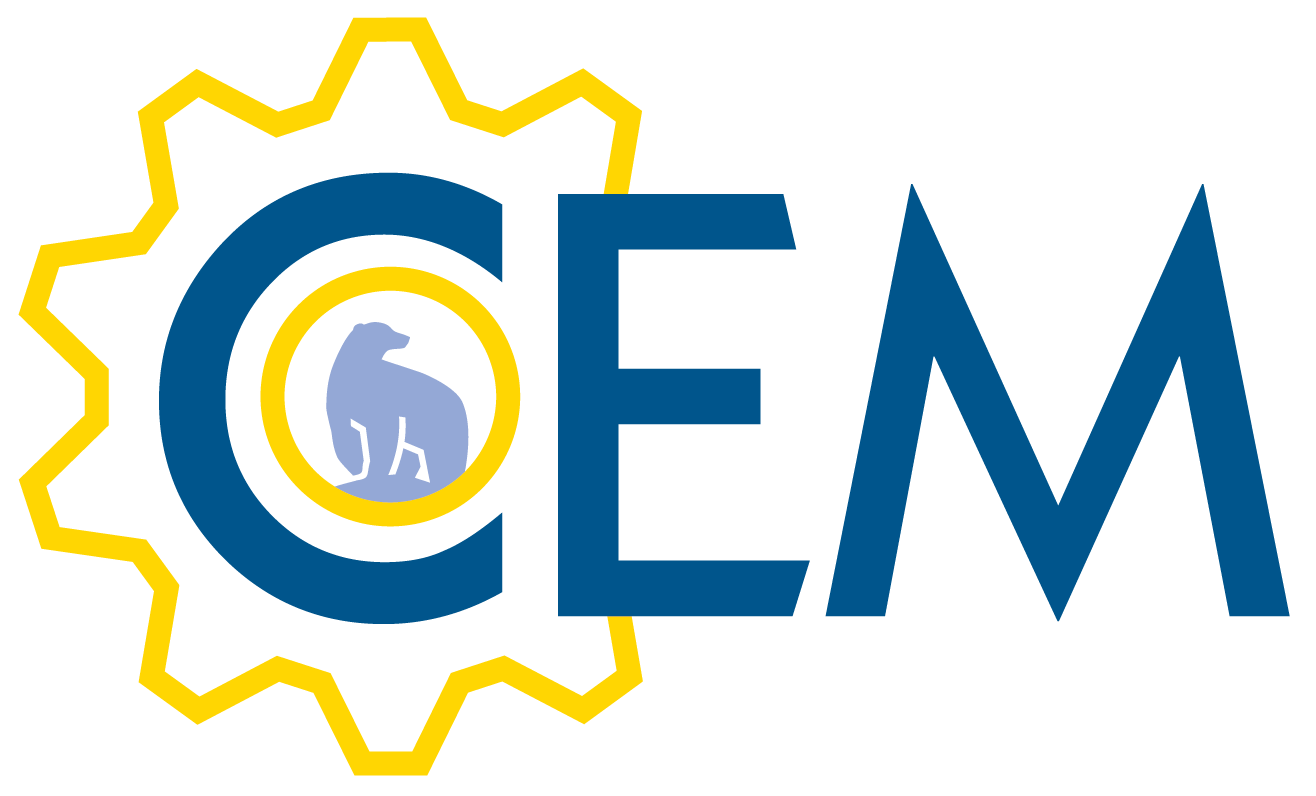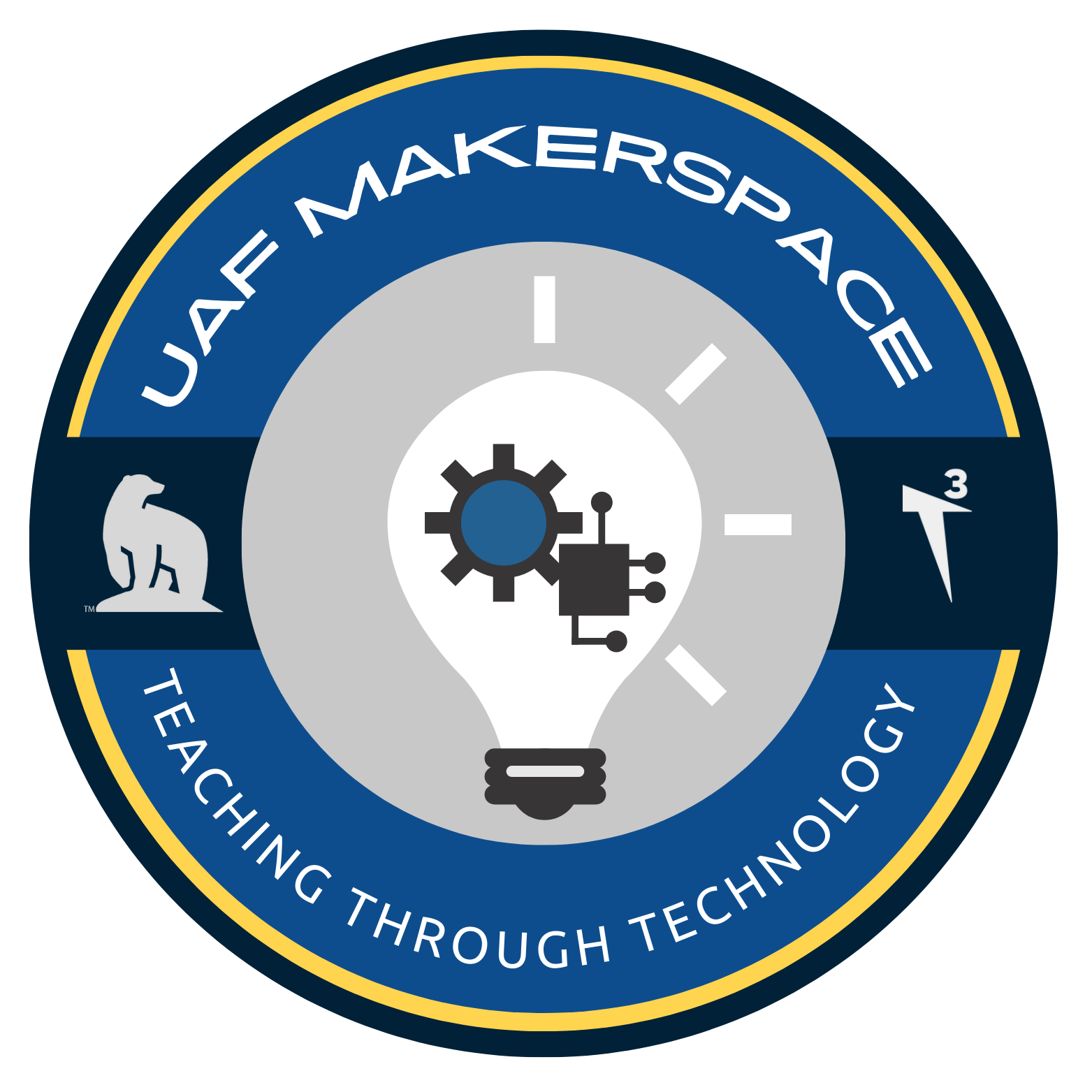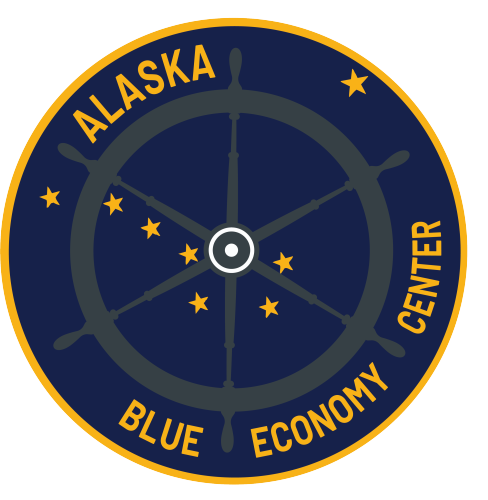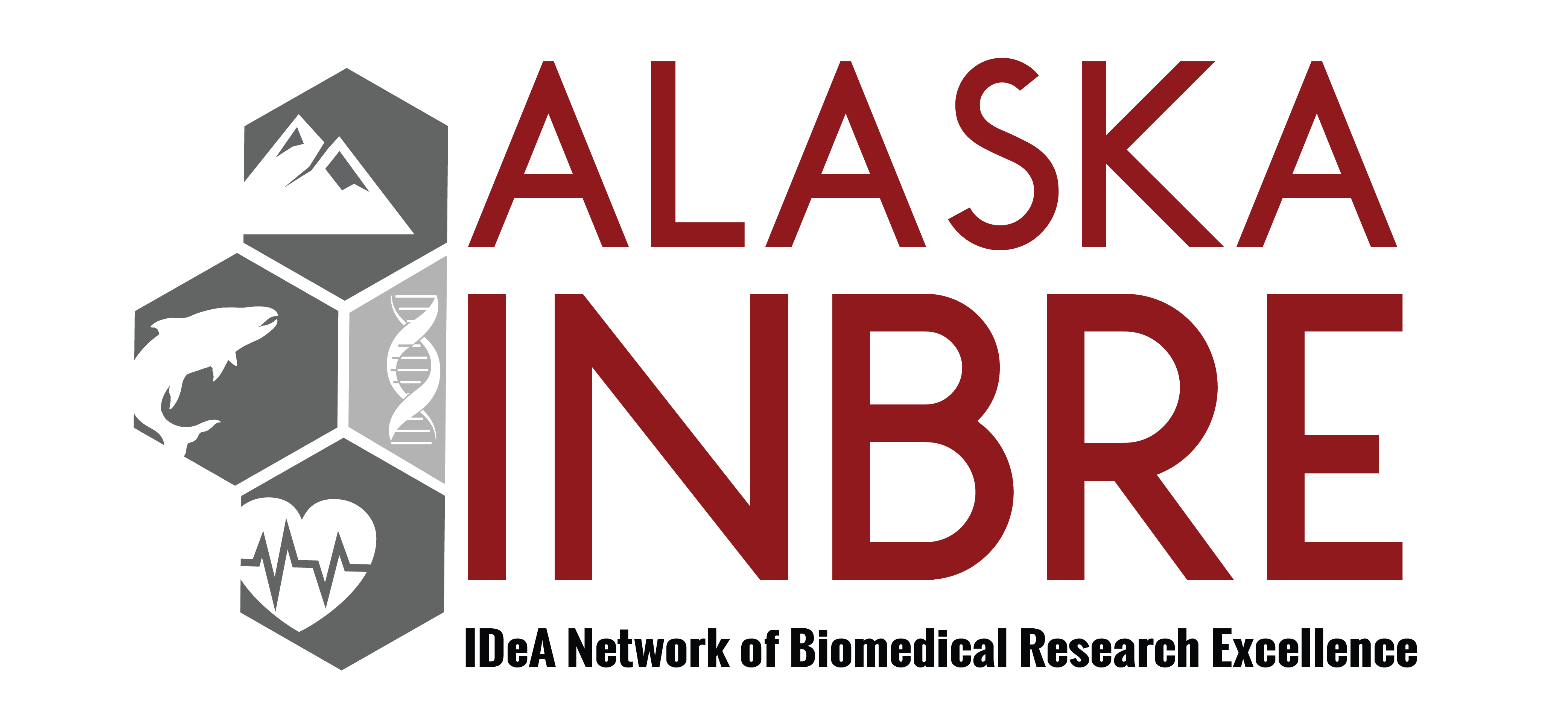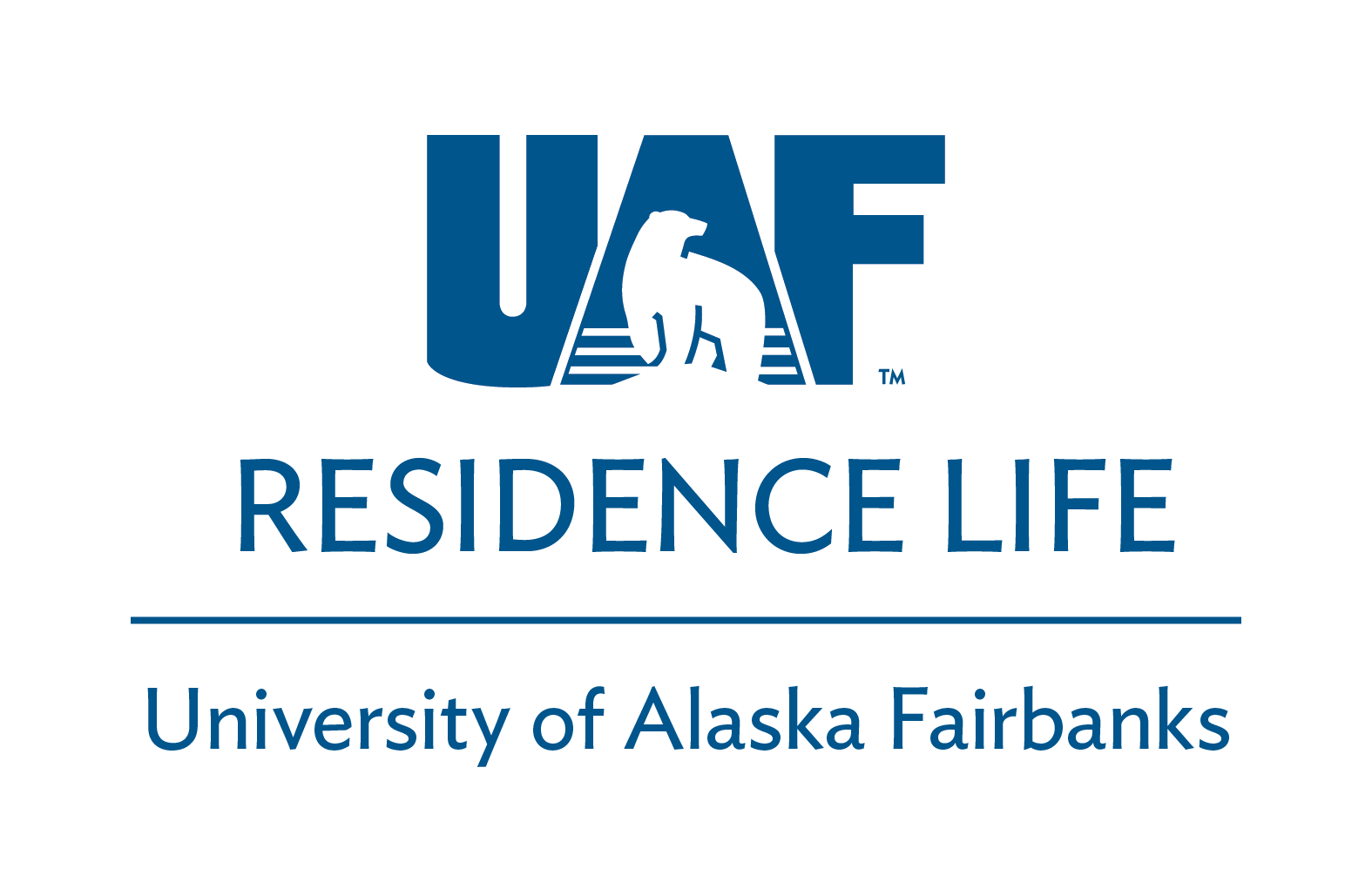
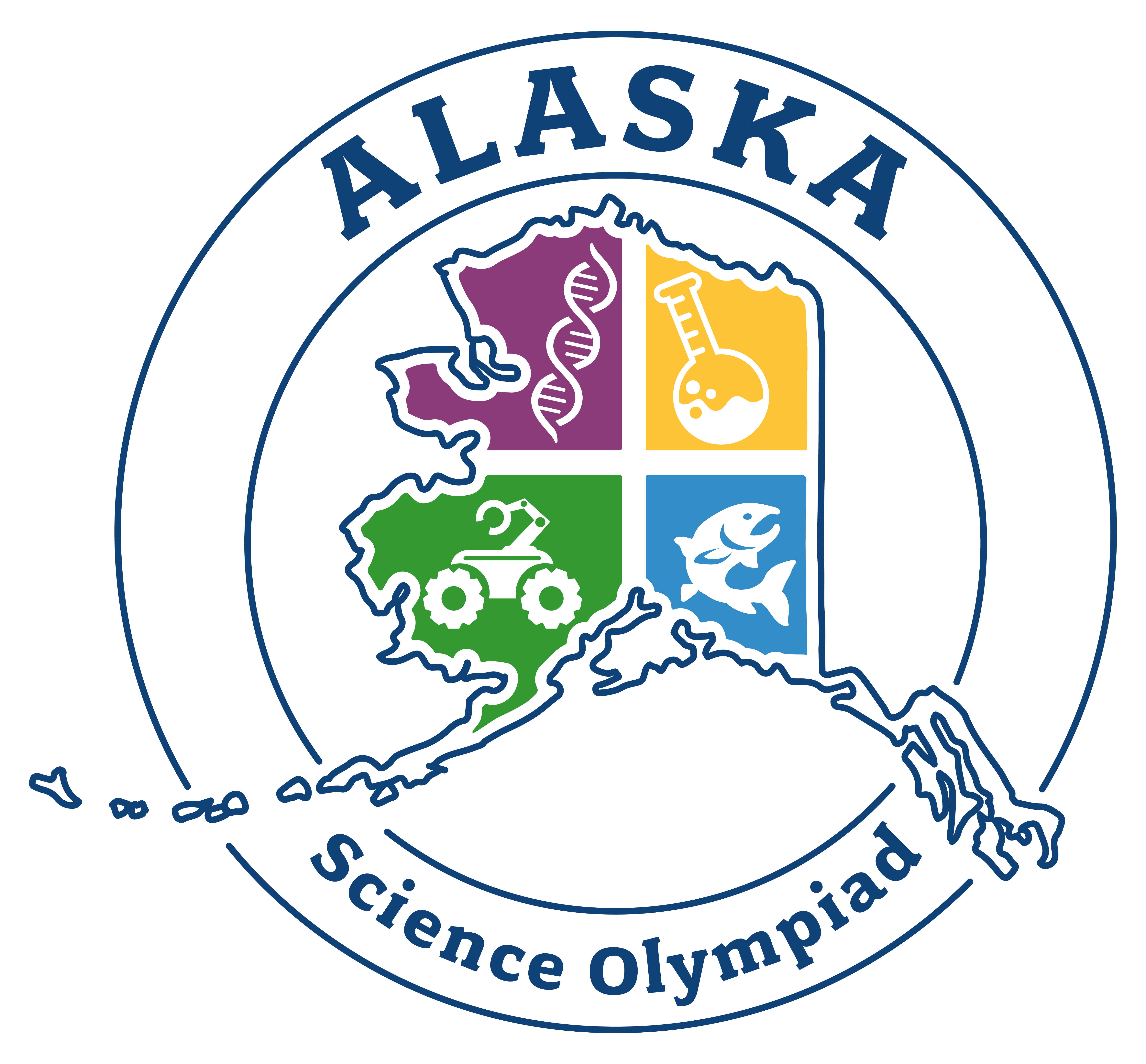
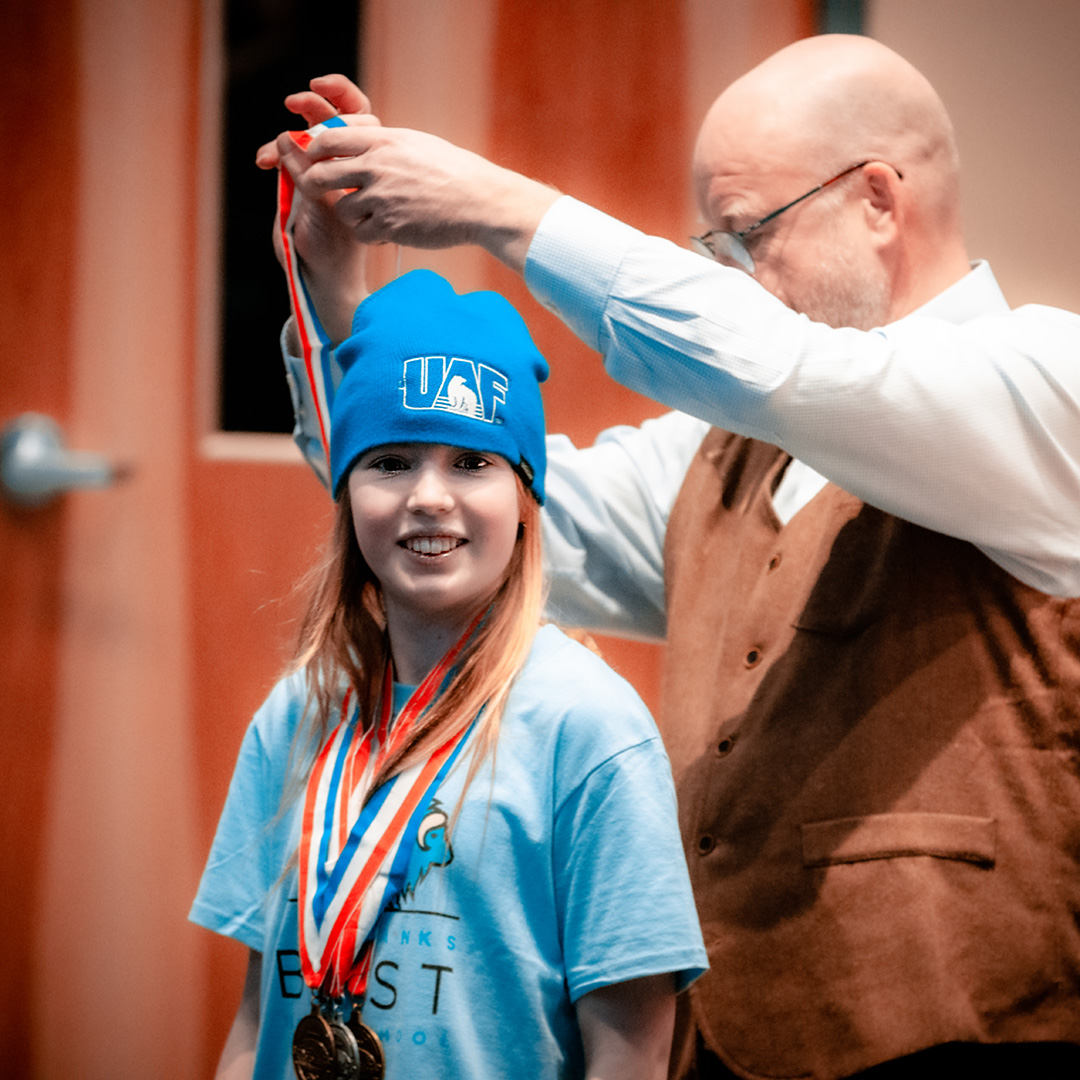
Science Olympiad is a nationwide youth competition consisting of hands-on, team-based STEM tournaments including experimental design, knowledge tests, and construction challenges.
Teams compete first at the regional and state level, and winning teams from each state advance to compete in the Science Olympiad National Tournament.
The Alaska Science Olympiad Division B, the statewide middle school-level tournament, is held annually in spring at the University of Alaska Fairbanks.
The Alaska Science Science Olympiad Division C, for high school students, is held annually in spring at the University of Alaska Anchorage. Visit the Division C website here.
The Alaska Science Olympiad Division B is organized at the University of Alaska Fairbanks by:
Thank you to our sponsors for supporting Alaska Science Olympiad!
Platinum Sponsors
Gold Sponsors
Silver Sponsors
Design Alaska
Copper Sponsors
Denali State Bank
UAF College of Fisheries and Ocean Sciences

